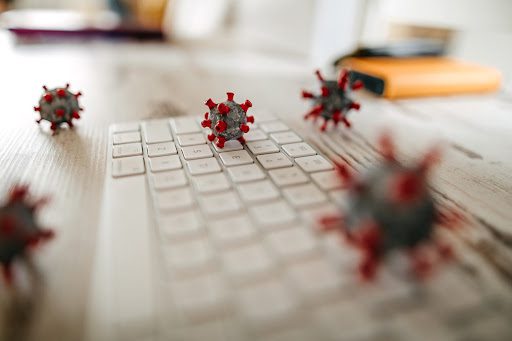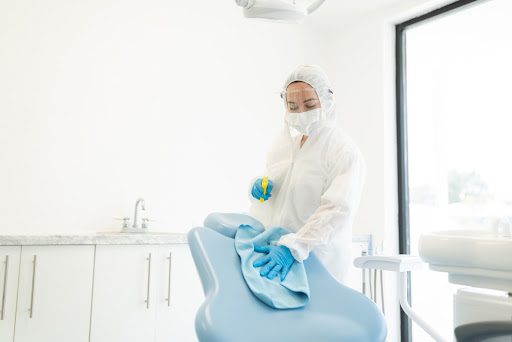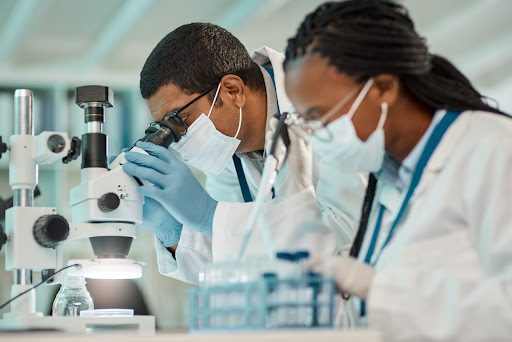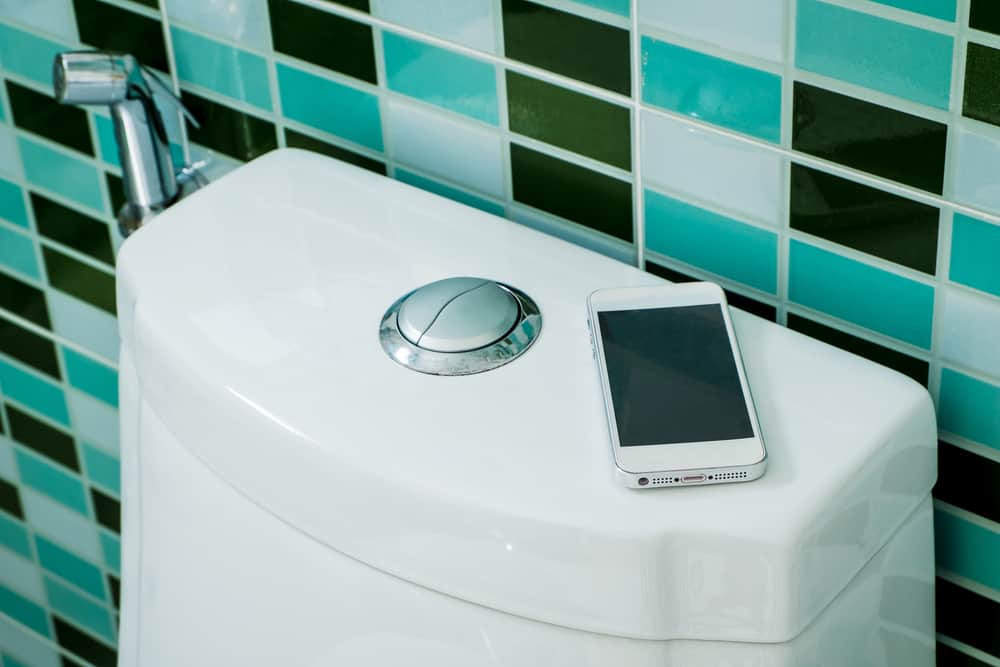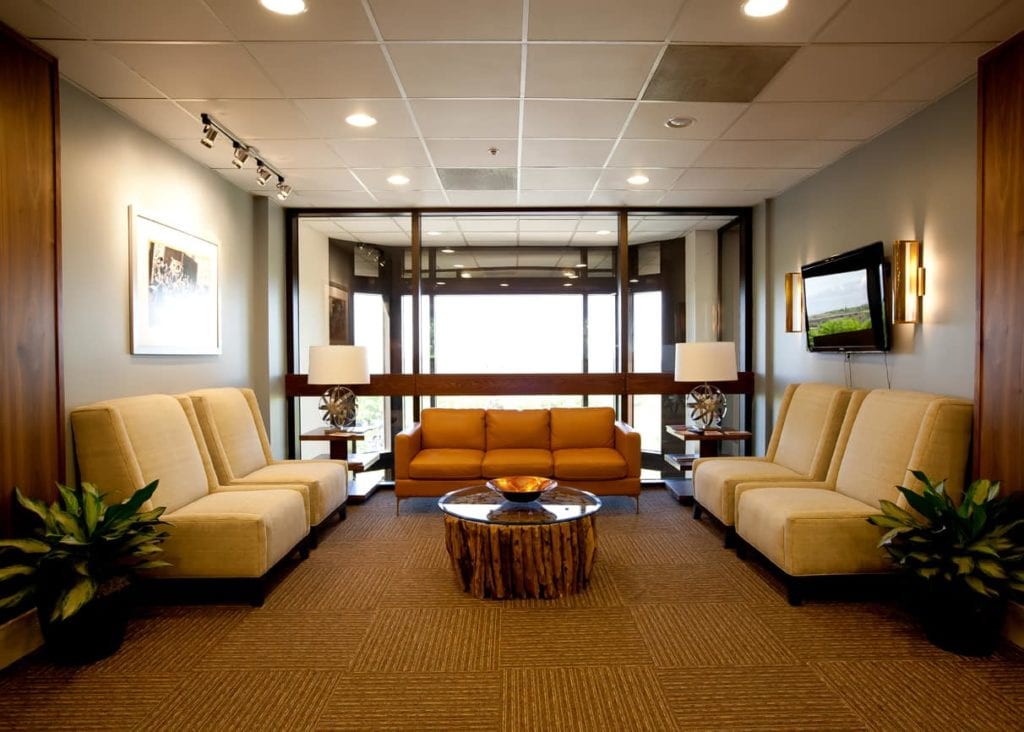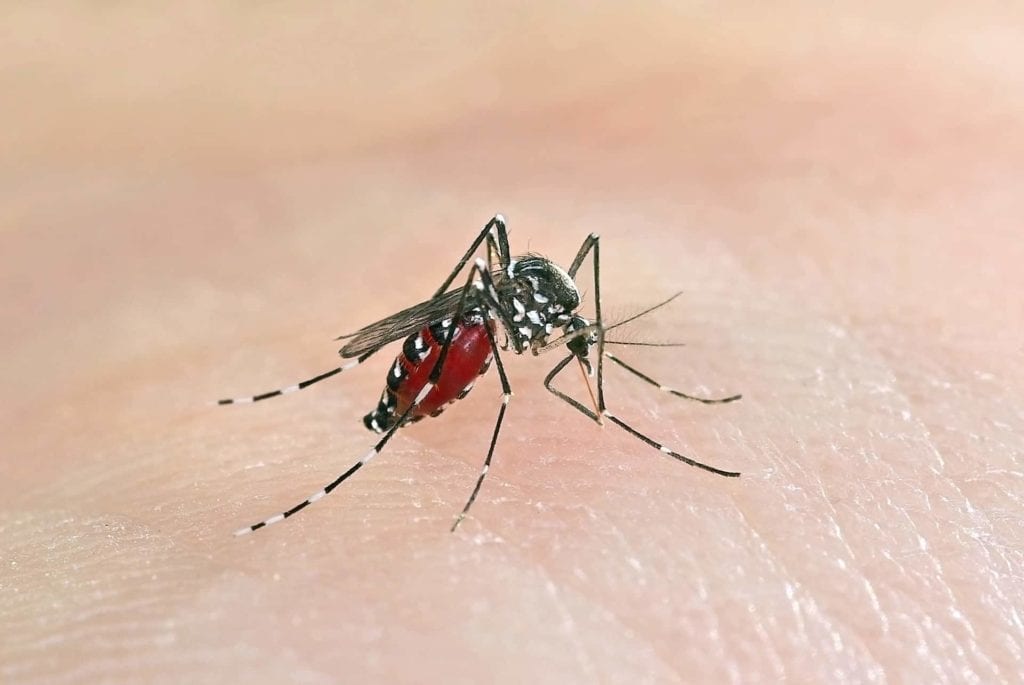The county has declared us red, which means more of us are going back to work! Whether it be gyms, public venues, hair salons and barber shops, restaurants, or general offices opening back up; cleaning is the priority. JaniTek is here to help you establish a scope of work, disinfection plan, inspection schedule, and exposure control plan. Below are some questions many of our clients have asked.
Question: What cleaning must be done to my workspace for it to be clean and safe when I return?
Answer: A standard janitorial cleaning and disinfecting, which includes dusting, wiping of surfaces, vacuuming, mopping, and debris removal are all that is necessary. The National Institution for Health, CDC, and OSHA all agree if your space hasn’t been occupied for 7 days or more, there is no risk for COVID-19 on your workplace surfaces.
Question: What cleaning should be done daily to ensure my work environment is safe?
Answer: Depending on the number of co-workers and the level of public access, cleaning needs will vary considerably. Communal areas such as restrooms, cafeteria/break areas, and lobbies may need intermittent disinfecting throughout the day. We call that day porting services. These cleaners have a route throughout the day to disinfect high-touch areas and refresh dispensers for soap and sanitizers.
Once the building is empty, a standard cleaning and disinfecting program will be sufficient. In venues such as movie theaters, training rooms, and airplanes, where larger populations rotate throughout the day, you may use an electrostatic or misting system to quickly disinfect the areas, while a cleaner comes behind and wipes down high-touch and other horizontal surfaces.
Question: What type of cleaning should occur if there is a suspected/confirmed COVID-19 Exposure?
Answer: The recommended protocol is to immediately remove people from the space for 24 hours. Open up windows to maximize air exchange and detail disinfect prior to allowing access to your workspace. The reality is, the 24-hour quarantine of the space is not reasonable for most businesses. An alternative course is to segregate the workspaces as much as possible. As an example, if a person has only exposed a limited area, the next step is to seal the area, if possible, using visqueen and tape or simply close doors. The disinfecting crew would then be brought into detail disinfect the areas. Once an area has been disinfected properly, it is safe to return to the space.
Question: What are some resources to make sure we are doing all we can to have a clean and safe workplace?
Answer: First, go to your city and county websites to find out if there are requirements set forth by the state or local agencies. The following links are great resources for learning about cleaning and disinfecting during a pandemic and moving forward:
Centers for Disease Control and Prevention






